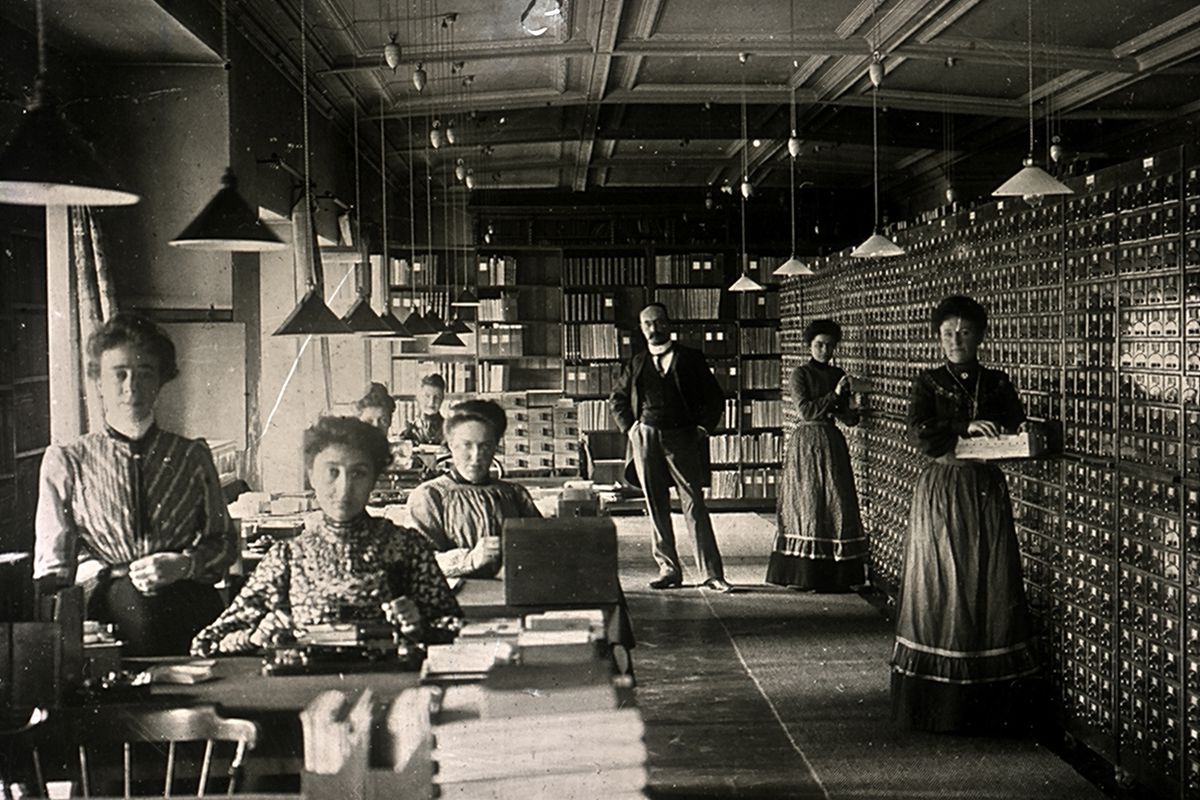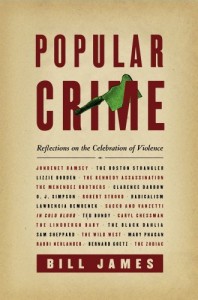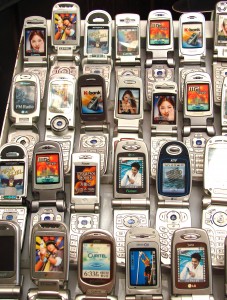 What if yet another seeming half-mad charlatan announced that the end of days were upon us but that person was actually correct? That’s the premise of writer-director Michael Tolkin’s fearless 1991 drama, The Rapture, one of the most uncompromising films to ever come out of Hollywood.
What if yet another seeming half-mad charlatan announced that the end of days were upon us but that person was actually correct? That’s the premise of writer-director Michael Tolkin’s fearless 1991 drama, The Rapture, one of the most uncompromising films to ever come out of Hollywood.
Sharon (Mimi Rogers) is a Los Angeles telephone operator who interrupts the mundanity of her life with lascivious outings with Vic (Patrick Bauchau), an operator of a different kind. Vic is a sleazy swinger who looks like he makes his money by selling Amway to pornographers. He trolls airport bars to find couples that want to get down and dirty. The amoral encounters begin to take their toll on Sharon, though, and her suicidal thoughts are only put to rest when she has a religious awakening and is born again. But born into what?
Sharon becomes a part of a quiet but intense Jesus cult that believes the end is near and has members that babble incessantly about “the Boy” and “the Dream” and “the Pearl.” She marries one of her former hook-ups (David Duchovny) and the pair raise a daughter while they wait for the four horseman to ride into town.
Six years pass and the Boy announces to the followers that the end of days is finally arriving. A true believer, Sharon gathers her daughter and heads to the desert to await God. But their wanderings in the desert are disatrous and Sharon’s faith runs dry just as the Rapture truly does arrive.
Tolkin, who also singed Los Angeles life as screenwriter of The Player, understands the pseudo-religious fringe of the city and recreates it with a flesh-crawling verisimilitude. But while the film gets its milieu from L.A., it boldly looks for universal truths. While Sharon is an anti-hero, the villain, audaciously, is a needy, vicious God who demands a faith that has not been earned.•
••••••••••
Recent Film Posts:
- Recent Film: Somewhere
- Recent Film: Another Year
- Classic Film: The Truman Show (1996)
- Classic Film: Salesman (1968)
- Classic Film: Night of the Living Dead (1968)
- Classic Film: The Conversation (1974)
- Classic Film: King of Comedy (1982)
- Recent Film: Dogtooth
- Classic Film: RoboCop (1987)
- Recent Film: Marwencol (2010)
- Classic Film: Being There (1979)
- Classic Film: Woman in the Dunes (1964)
- Classic Film: The Man in the White Suit (1951)
- Classic Film: Smile (1975)
- Classic Film: 8 1/2 (1963)
- Classic Film: Zelig (1983)
- Classic Film: Fahrenheit 451 (1966)
- Recent Film: Waste Land.
- Classic Film: Westworld (1973)
- Classic Film: F for Fake (1974)
- Strange, Small & Forgotten Films: Little Murders (1971)
- Classic Film: The Passenger (1975)
- Classic Film: The Man Who Fell to Earth (1976)
- Classic Film: Fast, Cheap & Out of Control (1997)
- Strange, Small & Forgotten Films: Decasia: The State of Decay (2002)






















